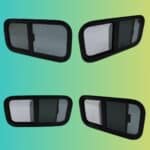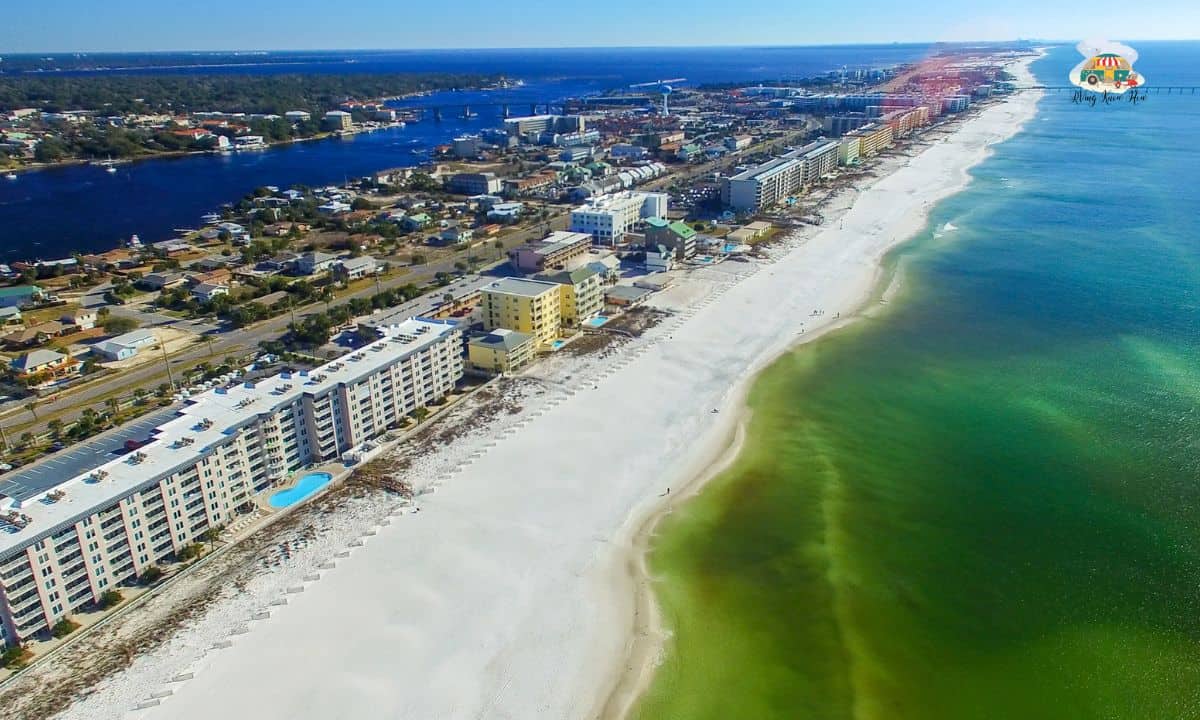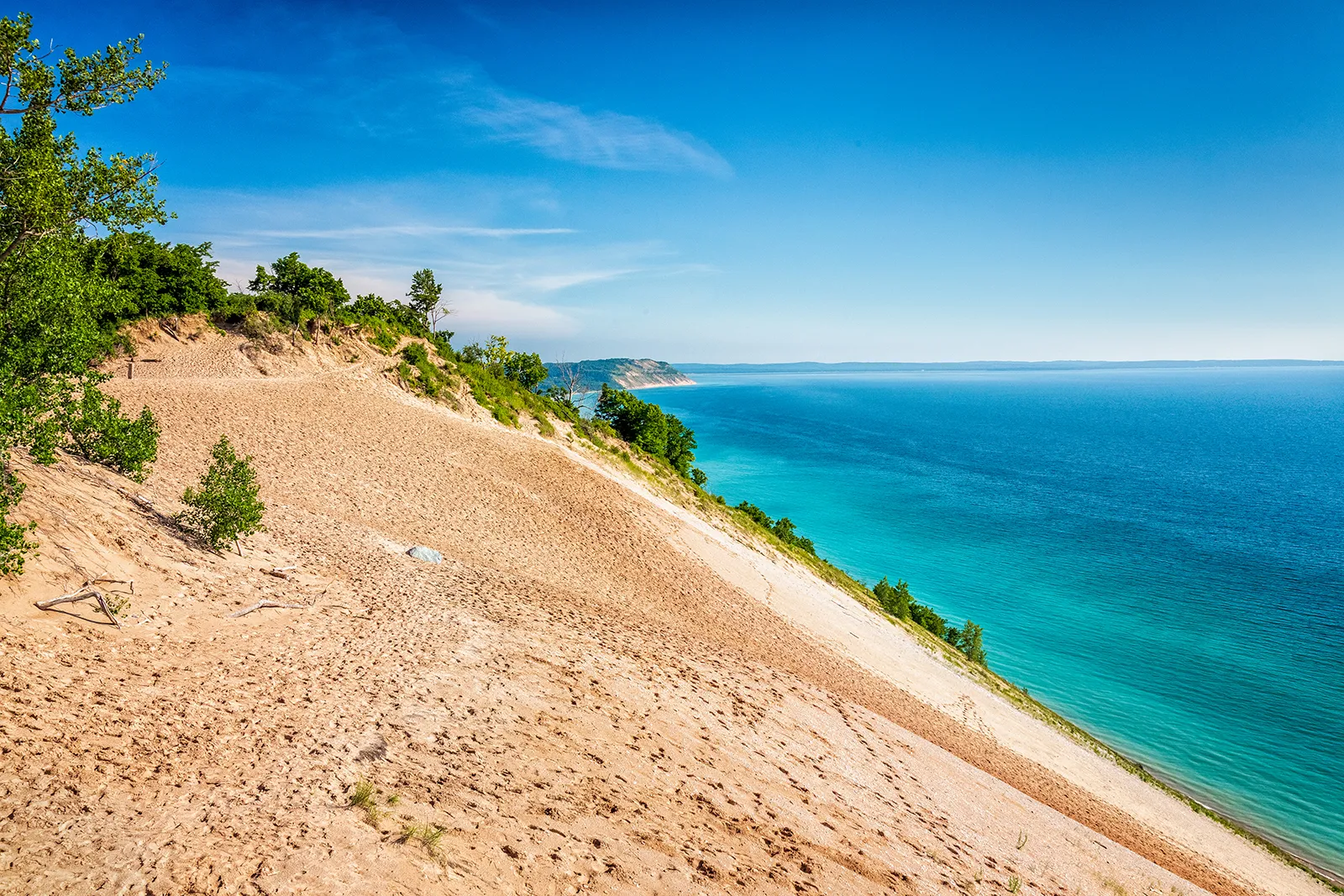Designing an RV park requires a tremendous amount of planning. Whether it is deciding the number of RV sites per acre, navigating zoning regulations, or determining the optimal layout for the park, every detail takes painstaking amounts of work. Having rubbed shoulders with some of the most seasoned RV park developers, architects, and zoning officials over the years, I’ve had the privilege to learn from the best.
This has allowed me to understand the world of RV parks from multiple perspectives. I can share insights and suggestions steeped in experience and tailored to help you avoid common mistakes while maximizing the potential of your RV park. Stick around, and I will walk you through some of the most common mistakes among aspiring RV park owners when navigating RV sites per acre and their solutions.
The Importance Of RV Park Planning
You must plan your RV park to every tiny detail before starting development. Otherwise, unexpected roadblocks can derail your entire vision. In this section, we will go over the importance of proper planning and talk about some of the things you need to be aware of to become a successful RV park owner.
What Is A Reasonable Number Of RV Spots Per Acre?

The number of RV spots per acre can vary depending on the size and types of RVs and the number of RVs you plan on accommodating in your park. Larger RVs like fifth wheels and motorhomes consume larger parking spaces than smaller RVs like travel trailers and pop-up campers.
You have two options: you can either have two different parking areas, one for larger RVs and the other for smaller ones. However, this can end up costing a lot more money. Ideally, if you have around 10 and 12 spots per acre, you can make them large enough to fit almost any RV. Here are some additional suggestions you should remember while determining the right number of RV spots per acre.
- Be sure to design spacious lanes and parking spots to give guests enough room to maneuver their RVs easily.
- Never place RV spots too close to each other, making it difficult for your guests to get in and out of their RVs.
- Your parking spaces should be close to the amenities and services you offer. Your guests shouldn’t have to take long walks to get to restrooms, showers, laundry facilities, and the dump station.
How Do Zoning Permits And Regulations Influence Development?
Zoning permits can be the most challenging part of developing a new RV park. They determine what kind of structures you can build in a particular area, how many RV spots per acre, and what amenities you can offer. In short, your entire business depends on these permits. You will need to acquire some permits before you can start development.

Building Permit
You can not start construction unless you acquire a building permit from the local authorities. You must provide a detailed account of all your site plans and drawings, engineering calculations, construction specifications, and payment of applicable fees to the local authorities to acquire this permit. So, be extremely thorough in planning and getting all the required documents in order before submitting your application.
Zoning Permit
You will need a zoning permit in case you want to convert a residential, agricultural, or commercial property to an RV park. The local government issues these permits to ensure land is used following the community’s land use plan.

Environmental Permit
Environmental permits are required if there is a potential environmental impact, like discharging water waste, building a road, or clearing a large amount of land. Local governments issue these permits to protect the environment and public health.
Health Permit
You will require a health permit if you plan to serve food at your establishment or offer services that could impact public health, like a swimming pool or camp store.
How Zoning Regulations Influence The Number Of RV Spots Per Acre?
Zoning regulations in a specific area can greatly impact the number of RV spots you can have per acre. Here are some limitations that you might have to deal with due to local zoning regulations.
- The local government might not allow you to have RV spots smaller than a certain area.
- They might specify the maximum number of RV spots in a specific area.
- They might require you to space all the RV spots by a certain distance.
- Depending on local regulations, they might ask you to tweak the plan for your RV park.
Practical Insights For RV Park Planning
Planning is the most important phase of any large-scale project. So, be sure to be extremely thorough when you are documenting your thoughts because the devil is in the details. Here are some practical insights that will help you with your planning.
Figure Out Your Layout Early On
Once you’ve acquired the site that you want to convert into an RV park, start figuring out the layout of your park. If the site has a lot of trees or other obstacles, you might not be able to fit as many RV spots in the park as you want. You have to decide whether or not clearing up some space for more RV spots is an option; if not, are you willing to settle for fewer RV spots? These questions need to be answered before you can even think about starting the construction process.

The Size And Type Of RVs
The types and sizes of RVs your park will accommodate significantly influence the kind of RV spots you must design. If you design bigger RV spots to accommodate larger RVs, you might waste a lot of valuable space because not all RVs will be the same size. Be sure to address this issue early on to get to more intricate details regarding the park’s design.
Document Your Plan
Once you have a mind map of what your park will look like, hire a professional to document your thoughts and create a formal construction plan. Be sure to document every intricate detail so your construction team can build exactly what you need and you can get all the necessary permits required for construction.
Conclusion
In conclusion, designing a new RV park can be an extremely challenging venture. However, at the same time, it can be quite a lucrative business. I hope that you now feel confident to jump into RV park development. You now understand the essentials of design, planning, and development and are ready to navigate the complexities and nuances of developing an RV park.
Frequently Asked Questions (FAQs)
How many RV sites per acre should an RV park have?
An RV park should ideally have 10 to 12 RV sites per acre. This provides enough space to accommodate many large and small RVs.
What permits are required to develop an RV park?
Developing an RV park requires zoning, building, environmental, and health permits. In most cases, you can’t start construction unless you have acquired all these permits.
How long does it take to obtain the necessary permits?
The time it takes to obtain a permit can vary depending on the type of permit, the location, and the complexity of your project. It can roughly take anywhere between three weeks to a few months.
Is it possible to have more than 12 RV sites per acre?
Yes, you can have more than 12 sites per acre after approval from local authorities. However, more than 12 sites per acre are not recommended as there might be enough space for some larger RVs.
How to comply with zoning regulations?
Promptly respond to the comments and concerns of the zoning board about your development plans and hire a local land use planner or an attorney to help you understand the specific requirements for your permits.






![20 Best RV Trip Planners in [currentyear]: Perfect RV Trip Planning Tools for Road Trip Adventures 6 Best RV Road Trip Planner Apps And Tools](https://www.rvingknowhow.com/wp-content/uploads/2021/02/Best-RV-Road-Trip-Planner-Apps-And-Tools.jpg)